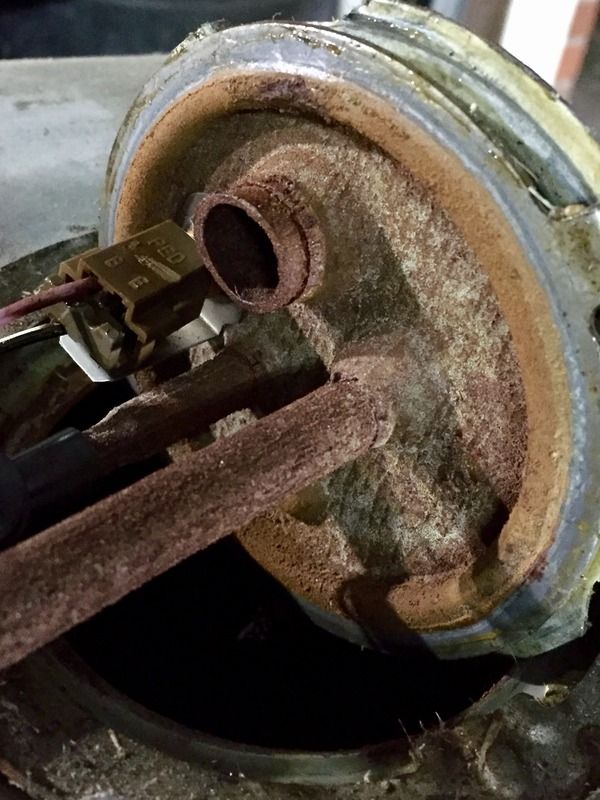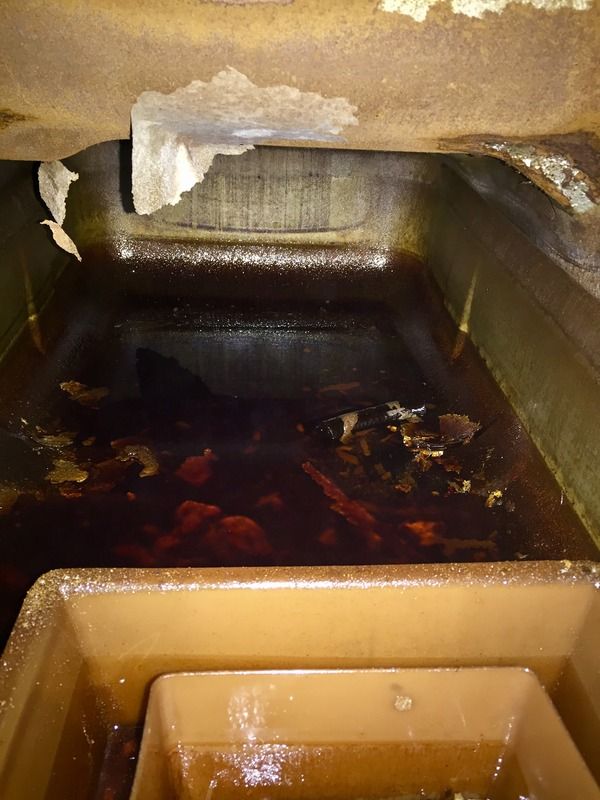SlowBoat
Member
Well, I got bit. Was loaded up at a site with a fifth wheel trailer, warming up to pull out for the trip home and my 6.5L just quit. Turned over just fine but no start. No fuel to upper filter. Folks there carried me to a parts store, no Walbro pumps in stock, and I wasn't about to give $185 plus tax for a chinese replacement. Bought a Mr Gasket generic diesel pump as a patch. Had enough tools and supplies in truck to get it mounted and working. Wasn't thrilled with the 4-7 psi rating. But, it got me the 175 miles home. About 6 hours later than I was expected and the wife wasn't happy, even after the 'phone home' via cell phone.
This adventure led to some discoveries and some more maintenance. And some planned additions.
First, my pre-pump filter got plugged with crap from the tank. The Walbro died.
I now have a new fuel tank, sending unit, pump pre-filter, Walbro pump, AN fittings.
Planned additions will be to replace the hard lines from the tank and add a redundant Walbro behind the filter on the plate with enough capped off lines to put it into service in case of a future failure on the main pump.
I don't like laying in the mud with diesel fuel running down to my armpit in the dark. I may even rig up a mounted light source for that area!
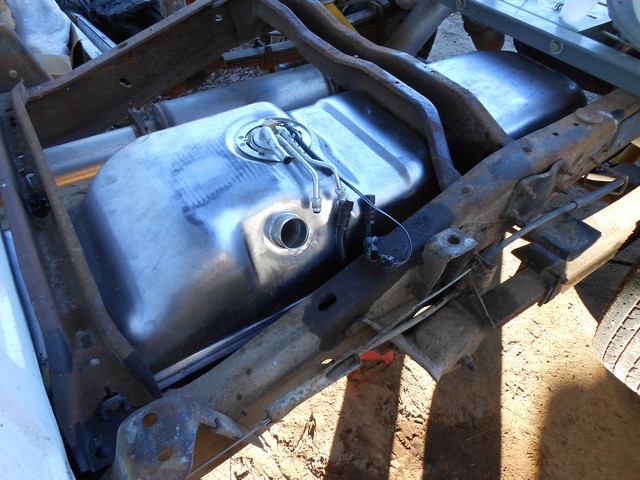
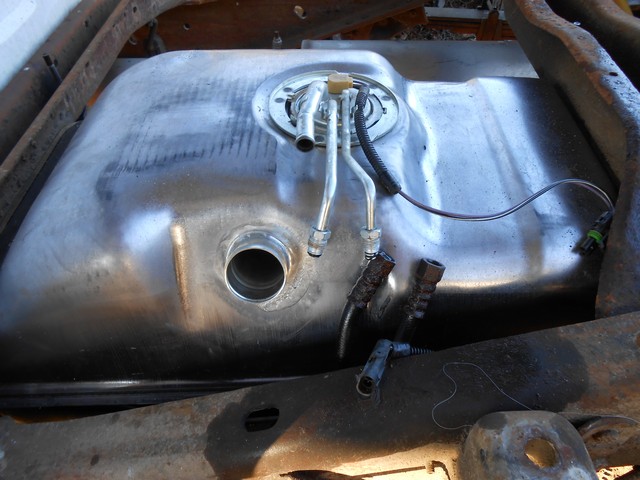
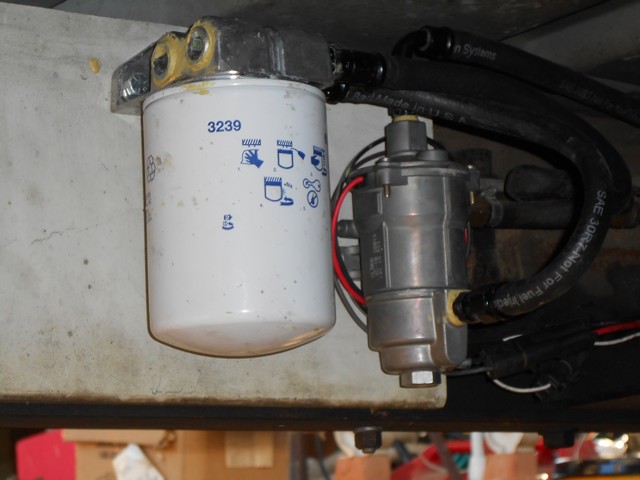
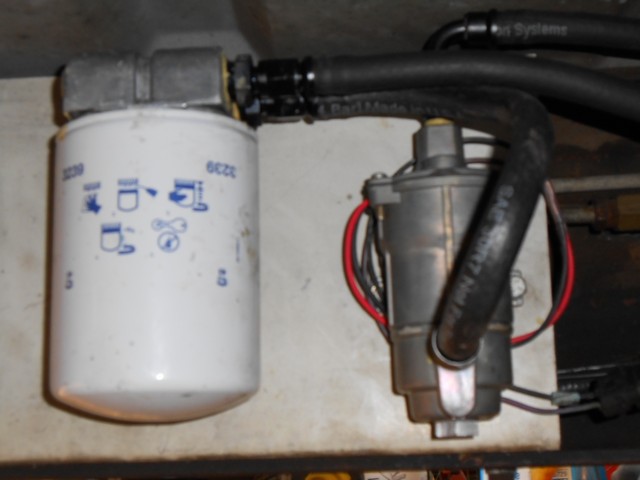
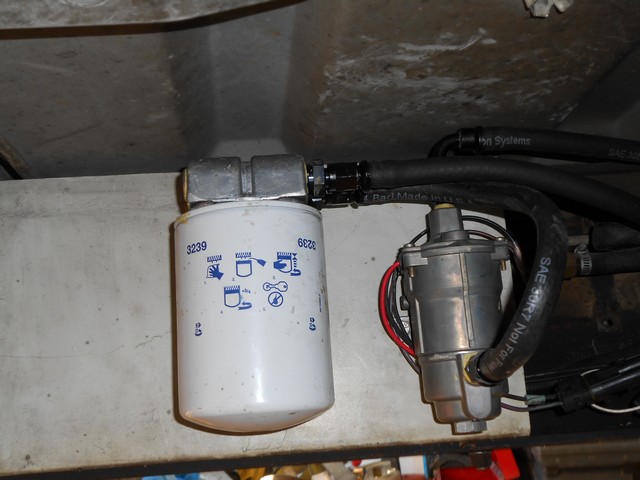
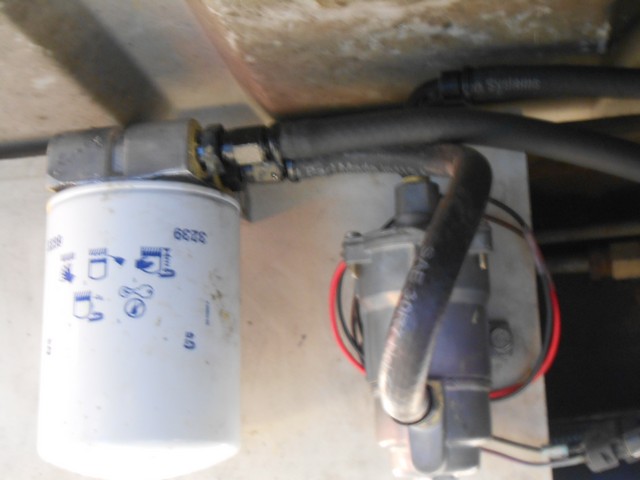






This adventure led to some discoveries and some more maintenance. And some planned additions.
First, my pre-pump filter got plugged with crap from the tank. The Walbro died.
I now have a new fuel tank, sending unit, pump pre-filter, Walbro pump, AN fittings.
Planned additions will be to replace the hard lines from the tank and add a redundant Walbro behind the filter on the plate with enough capped off lines to put it into service in case of a future failure on the main pump.
I don't like laying in the mud with diesel fuel running down to my armpit in the dark. I may even rig up a mounted light source for that area!













